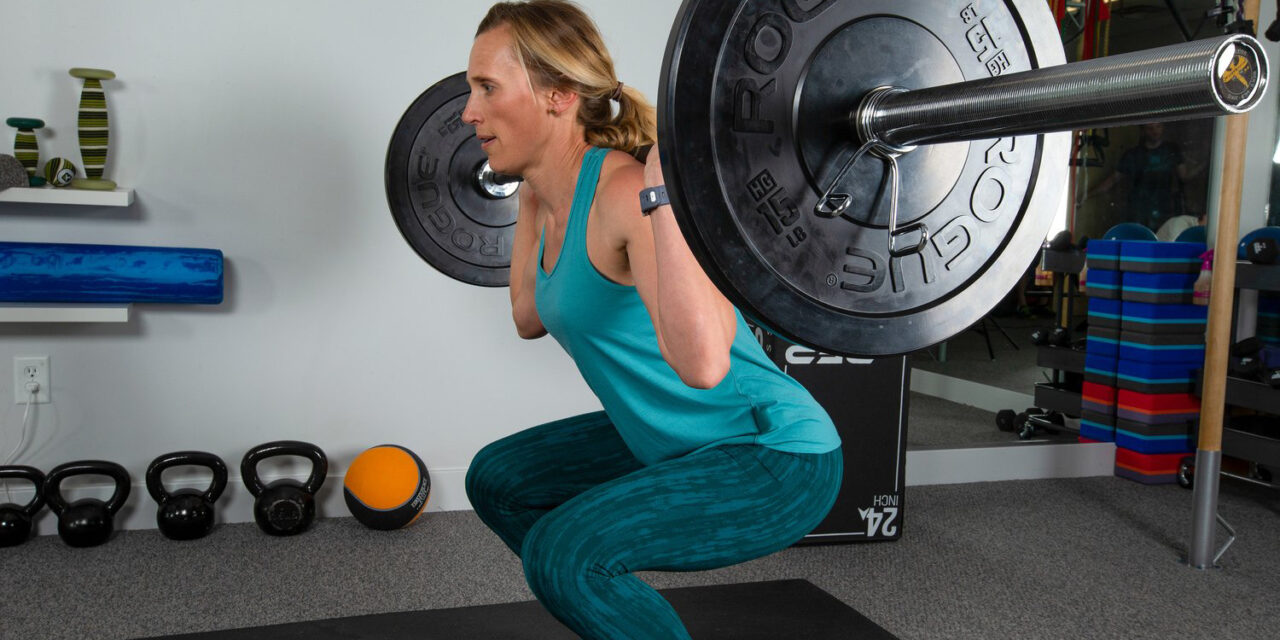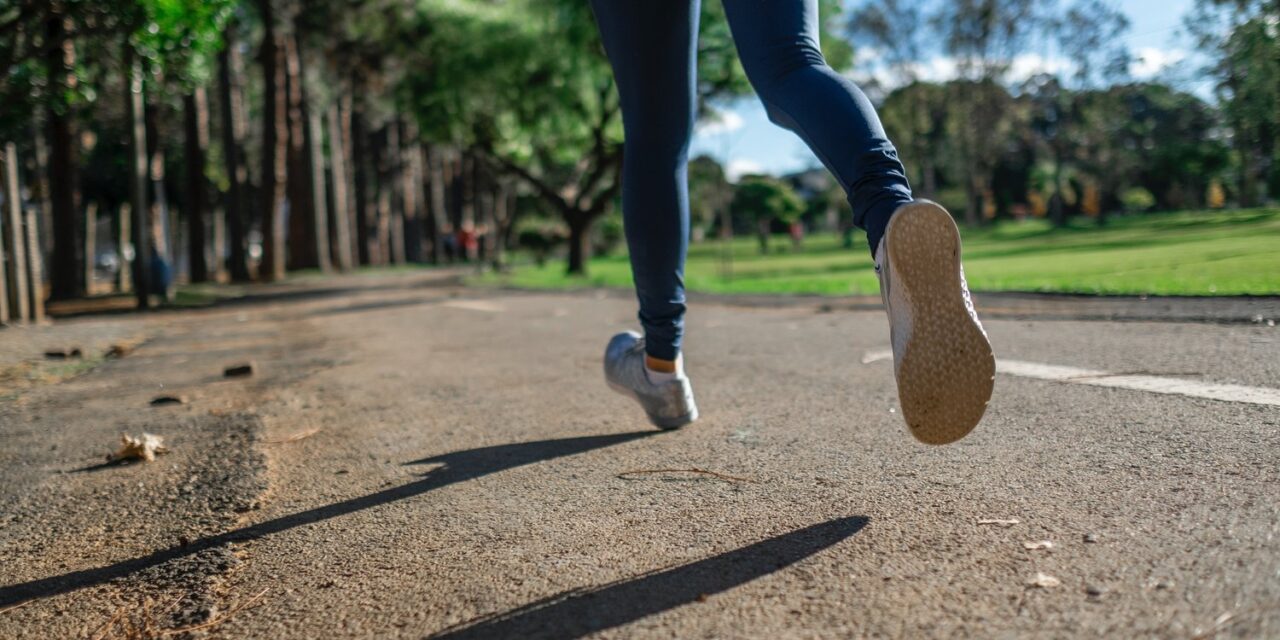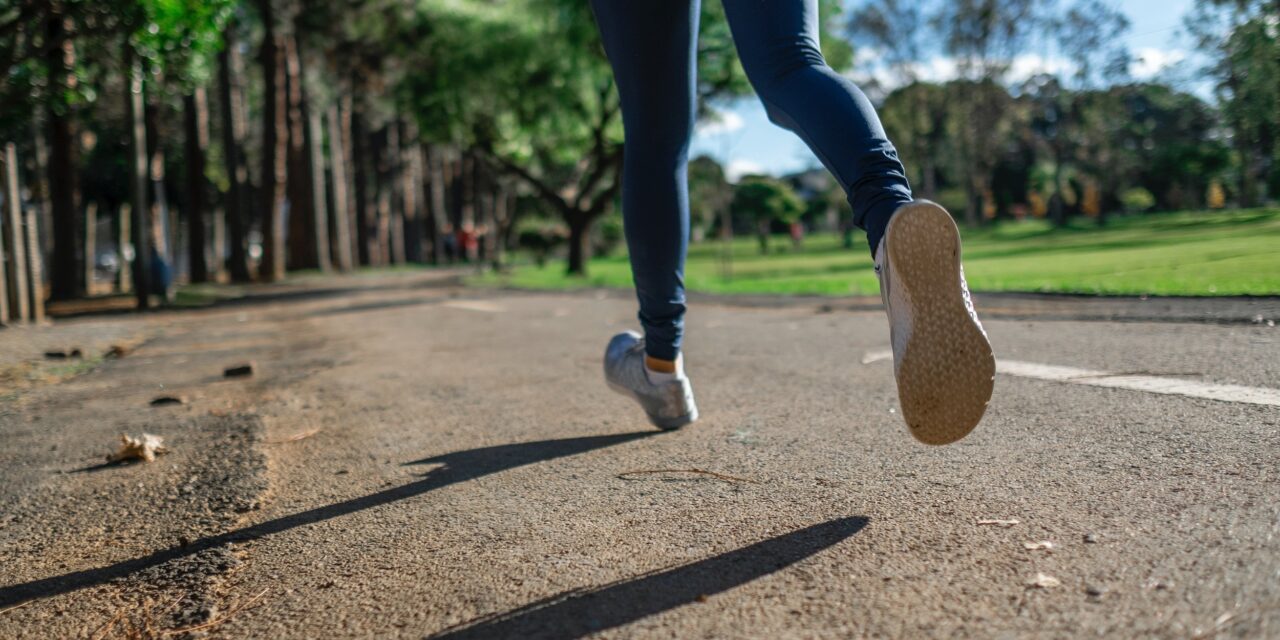At our Lafayette Physical Therapy and Boulder Physical Therapy clinics we are continuously working on getting runners back to the sport they love. There is great research available these days for examining the best ways to get athletes back to running. The article “External loading of common training drills: Ranking drills to design progressive return-to-run...
In our Lafayette Physical Therapy and Boulder Physical Therapy clinics we commonly examine and treat runners with overuse injuries. The article “Risk factors for overuse injuries in short- and long-distance running: A systematic review” examines the risk factors associated with overuse injuries in both short and long-distance running. The study involved a systematic review of...
Will Running Cause Knee Arthritis?
March 16, 2023
In our Boulder Physical Therapy and Lafayette Physical Therapy clinics we commonly are asked the question on the link between running and knee arthritis. The evidence keeps pointing to a lack of correlation between running and arthritis of the knee. Authors of the study “Running Does Not Increase Symptoms or Structural Progression in People with...
Tarsal tunnel syndrome (TTS) is a condition that results from compression or entrapment of the posterior tibial nerve within the tarsal tunnel of the medial ankle giving symptoms of numbness, burning, and paresthesias in the heel, ankle, or sole of the foot (1). TTS can have several potential causes including trauma, soft tissue inflammation, and...
How Do Step Cadence Changes Affect My Running?
February 1, 2023
In our Boulder Physical Therapy and Lafayette Physical Therapy clinics we are often asked about cadence by our running clients and patients. A recent study in the Journal of Strength and Conditioning Research examined the effect of cadence training on running economy in a group of well-trained female runners. The authors looked at the runners...
3 Things Runners Should Look For To Determine If Your “Hamstring Problem” Is Really Your Hamstring
October 23, 2022
At Mend, we specialize in treating runners and endurance athletes in our Boulder and Lafayette clinics. We see numerous cases each year of runners presenting with “proximal hamstring” or “high hamstring” injuries. Symptoms are typically localized at the proximal portion of the hamstring or near the attachment point at the pelvis (ischial tuberosity). These runners...
Why Are Running Injuries So Prevalent?
October 17, 2022
Runners and endurance athletes are one of most common patients we treat in our Boulder Physical Therapy and Lafayette Physical Therapy clinics. A 2019 article by Damsted, Parner, et al. examined the relationship between running injuries and changes in weekly running distance for the recreational runner. It its now understood that running related injuries are...
Death, taxes, low back pain, and injury if you are a runner. With over 90% of runners reporting an injury preventing participation in training or competition running injuries fall into the when not if category. The vast majority of these injuries occur in the lower quarter and are overuse in nature involving tissues in the...
Ready to run after having a baby but need a better plan on how much and how to progress your running? Read on to find a template at the end. The 6-week postpartum doctor’s visit is when women are often “cleared” for activity and are often advised to start slowly and gradually building exercise volume...
Women who participate in high-impact activities may be at higher risk for pelvic floor dysfunction (PFD) such as urinary incontinence than women who participate in low-impact activities. Following childbirth, 30% of mothers report urinary incontinence and 10% report anal incontinence. Women are all too often advised to avoid activities such as high intensity interval training...









